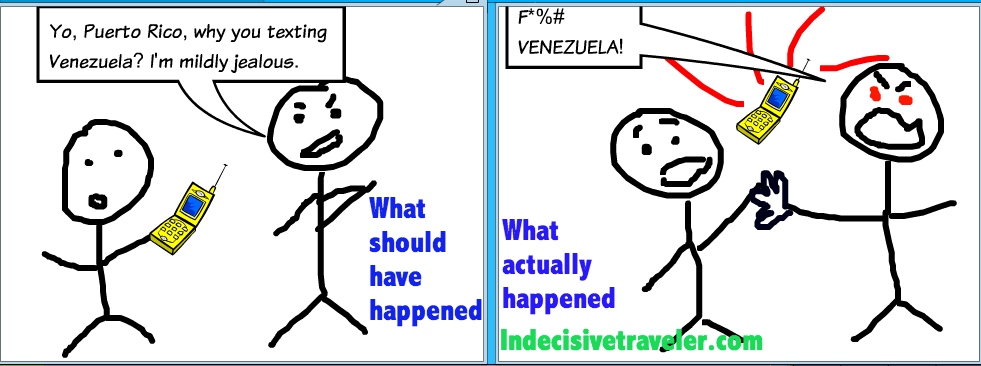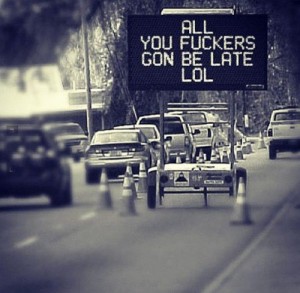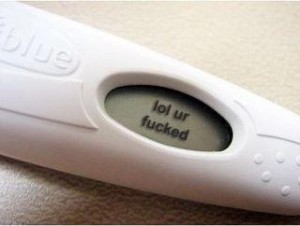Puerto Rico is in an Abusive Relationship with the US
I spent 2 1/2 years living in Puerto Rico, but it doesn’t take more than a couple of trips to the island (venturing outside the large resorts) to realize that something is wrong with Puerto Rico’s relationship with the United States. Living with my boyfriend, Pedro, means listening to a lot of rants and conspiracy theories, but after spending time in Puerto Rico and quite a bit of time with his large family, I’ve come to realize that his rants and theories related to Puerto Rico often have a pretty strong foundation. I’ve come to a conclusion of my own, one that I am positive will anger many people and incite some heated debates, but still one I want to share.
Puerto Rico is in an abusive relationship with the United States
In order to do this theory and article justice, I have enlisted the help of Pedro, so that you will benefit from the opinions of a Missouri native (me) and a Puerto Rico native (Pedro).
We have looked up warning signs of being in an abusive relationship, and it is appalling, but somehow not shocking, that Puerto Rico’s relationship with the US shows several of the warning signs.
1. Limits your access to money, the phone, or the car
In the early twentieth century PR had approximately 500 km of railway that covered most coastal towns. My grandparents remember traveling between the major cities of the island on the train, they also lament that the system no longer exists. In the late 1940s with Operation Bootstrap (an economic initiative aimed at “progressing” the island from an agricultural economy to a manufacturing economy) emphasis was placed on the construction of highways and freeways. Unable to compete with the increasing number of cars, buses, and trucks, passenger service was discontinued and by 1953 the railway system was dismantled. Train tracks can still be spotted around the island, while the amount of cars (which are heavily taxed by the US) on the island is staggering.
Puerto Rico is tiny. Seriously, it’s only 3,515 square miles, which is roughly the size of Connecticut. If a train system makes sense anywhere, it’s in Puerto Rico. Imagine trying to drive during rush hour while there is also a parade going on – that’s what traffic is like in Puerto Rico. All. the. time. I am terrified to drive in Puerto Rico. Not only is it a constant battle zone, but the traffic patterns are largely unpredictable. A train/bus system would fix so many of these problems. The amount of cars on the island is so illogical that it is infuriating. It does not just pollute the small island’s air, it also poisons the sanity of anyone trying to get anywhere at anytime on the whole freaking island. The US has stolen Puerto Rico’s ability to travel as they would like to, all so the US can sell them more cars and charge them insanely high import taxes on every single one.
2. Hurt you, or threaten to hurt or kill you
In 1956 clinical trials began for the birth control pill in Rio Piedras (just outside San Juan). Researchers chose poor Puerto Rican women as test subjects. None of the women who participated in the experiments were made aware that they were test subjects. Approximately twenty percent of women in these trials suffered from side effects including headaches, nausea, high blood pressure, and blood clots. None of the complaints related to the side effects were investigated, nor were the deaths of two women who participated in clinical trials. It is worth noting that at the time “the pill” was anywhere from five to twenty times as strong as the pills used today.
What?! I mean, WHAT!? I know I should no longer be surprised by the crazy shit that the US does to other countries, but, holy crap, using Puerto Ricans as full on guinea pigs?! Now I feel guilty every time I pop my no-baby pills in the vicinity of an older Puerto Rican woman. My reproductive system is benefitting from the misery of some ovaries she probably knows.
From 1956 – 1967 Agent Orange was tested throughout the island in various areas: in Mayaguez, Guanica, Joyuda, and Las Marias on the west side of the island; and in Luquillo and Rio Grande (near/in El Yunque National Forest, the only rainforest that is part of the US Forest Service) on the east side of the island.
What makes it worse is that the US is far from finished with Puerto Ricans as guinea pigs. They may not be making anything quite this heinous public for now, but there are small things being tested on Puerto Ricans every day. Think about the last time Burger King or Taco Bell came out with a new dish. Chances are, they tested it in Puerto Rico first. Companies will often pilot new things in Puerto Rico, essentially using the the people of Puerto Rico as one big test group without their knowledge. They observe the reactions and spending patterns of Puerto Ricans and then decide if the product is fit for people in the US.
3. Feeling Helpless
The general population does not believe they can survive without the US, the US has wrapped their hands so tightly around the necks of the Puerto Rican people that they feel that they actually need the US to survive. This is easily demonstrated by the fact that in all four political status plebiscites Puerto Rico has held, Independence has received a minority of the votes (0.6% in 1967, 4.4% in 1993, 2.54% in 1998, 5.5% in 2012).
The US has truly beaten down the spirits of many Puerto Ricans. I distinctly recall Pedro’s mother saying “hay que querer la isla para vivir en la isla,” which means “You have to love the island to live on the island.” It was basically a nice way of saying “shit is messed up here and we can’t do anything about it. But it’s home so we accept our fate.” While there are still Puerto Ricans that want to be their own country, the majority have been brainwashed into thinking they would never survive. The economy is rough, unemployment is high, crime is on the rise – these are all reasons that some Puerto Ricans cling to the US. They may point to government programs such as WIC to prove that Puerto Rico needs the US. Some also bring up the ability to simply leave the island for more prosperous places in the States. While that’s all great – the US is largely responsible for some of the problems Puerto Ricans are trying to get away from. The US has forced Puerto Ricans to depend on them for food stamps and better job opportunities instead of letting the island work out things on its own.
4. Keeping you from seeing your friends and family
The US controls all economic and political relationships with other countries, even those within the Caribbean. A good example of this is the case of ex-governor Aníbal Acevedo Vilá (in office 2005 – 2009). Near the end of his first year in office, Acevedo Vilá met with Venezuela’s ambassador to the United States to express interest in joining the Petrocaribe initiative. As a member of Petrocaribe, Puerto Rico could have received fuel directly from Venezuela at low interest and with deferred payments. The Venezuelan Ambassador also expressed interest in the possibility of trading pharmaceuticals (approx. 25% of PR’s GPD) for oil. Due to being a territory of the US, Puerto Rico was unable to join. Aníbal Acevedo Vilá was the only governor of Puerto Rico to ever attempt to open commerce and trade to other countries.
Does this read like a scary domestic violence story to anyone else? YOU BELONG TO ME. It’s like the US caught Puerto Rico texting with Venezuela and instead of being like, “Yo, Puerto Rico, what’s up with you talking up Venezuela, I’m mildly jealous,” The US was all like “F Venezuela! Don’t you ever talk to that piece of shit again! I don’t care if Venezuela is nice to you and genuinely makes your life easier, you’re MY territory, bitch!”

5. Physical Violence
In the 1940s the US Navy bought approximately two thirds of the island of Vieques located 20 miles from mainland Puerto Rico. Interestingly enough, the Navy bought the eastern and western ends of the island effectively sandwiching the civilian population. The eastern end was used for live ammunitions training, which included the use of depleted uranium ammunition. After waves of protests, which began in 1999, the Navy left the island (2003). Much of the island has been contaminated; contaminants found by the EPA include industrial waste, unexploded ordinance, mercury, and depleted uranium just to name a few (it was declared an EPA clean up site). The population of Vieques suffer from a rate of cancer approximately 30% higher than mainland PR.
Ok, imagine your boyfriend decides he’s moving into your house and then takes over a few rooms. Then he gets out his little chemistry set and DIY bomb-maker’s book and just starts doing his thing, you know, being incredibly dangerous and careless. Oh you don’t like me putting your life and health and danger? You’re worried about the long-term effects? LOL I DON’T CARE. Yep, that’s basically what the US did to Vieques.
All of Pedro’s observations and arguments come from a variety of credible sources. All of my thoughts come from the pit of rage in my stomach.





Pingback: Traveling to Cuba as a Pseudo Puerto Rican | SheSavvy